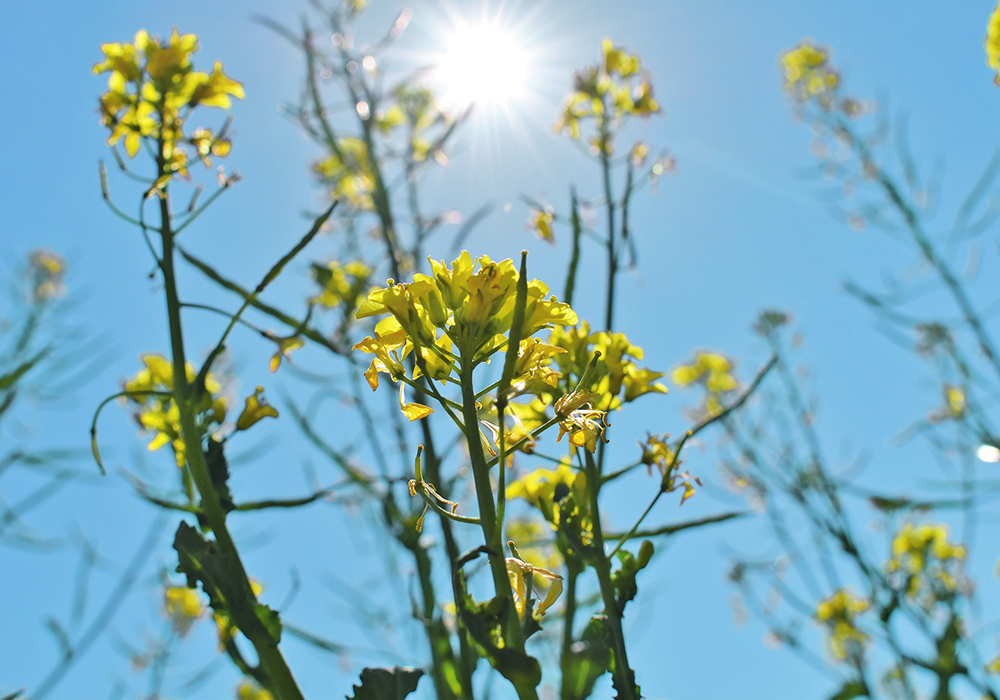Lately, it’s been nearly impossible to watch, read or listen to the news without politics being in the headlines.
At the forefront is the upcoming presidential election in the United States and the race between current U.S. vice-president Kamala Harris and former president Donald Trump. It’s interesting fodder at times, but as I write this column there’s been little talk of policies.
Harris’s choice in a running mate, Minnesota Governor Tim Walz, does offer some hope for agriculture relations with Canada and the rest of the world. Protectionism increased under Trump — but there is no guarantee that this will change for the better should Harris win in November.
Read Also

High prices see cow-calf producers rushing to incorporate
Farm accountants are reporting a steady stream of cow-calf producers rushing to get their operations incorporated ahead of selling their calves this fall.
With regard to climate change policies, Trump has made it clear he doesn’t believe in climate change and did very little to address it during his presidency.
His successor took a different tack.
President Joe Biden introduced legislation in August 2022 to address lowering greenhouse gas emissions, and put hundreds of billions of dollars behind it.
A good chunk of that funding went to the U.S. Department of Agriculture and other agriculture- and energy-related agencies. This is significant because climate change is so often tied to any discussion around increasing agricultural sustainability.
Helping the sector reduce emissions while maintaining, or even increasing, yields requires funding. The act aimed to provide solutions in the form of tax credits, infrastructure building and research and conservation funding.
Is it a perfect solution for helping U.S. increase sustainability? Absolutely not.
A lot of the funding is tied to conservation programs, which means farmers have to adopt practices that are, for the most part, designed by environmental groups and agencies. But having billions of dollars to try and figure out what works and doesn’t work in terms of reducing greenhouse gas emissions is certainly helpful.
Trump has said he will axe the act if he is re-elected, which means climate change policies could potentially be in the hands of U.S. voters.
A similar scenario is happening here in Canada. Prime Minister Justin Trudeau’s carbon tax has been very unpopular, even more so now that consumers’ disposable incomes have lessened due to inflationary pressures.
Consumers have very little appetite for any additional hit to their wallets, and with every carbon pricing increase, they’ve felt the squeeze.
Conservative leader Pierre Poilievre is using this to his advantage, declaring he will repeal the Liberal’s Greenhouse Gas Pollution Pricing Act should he win the next federal election. Many farmers would be thrilled.
On the other side of the fight, in late March this year, when inflationary pressure reached a boiling point, a group of prominent Canadian economists wrote an open letter in defence of the federal carbon tax, saying that carbon pricing does indeed lower emissions and is the most cost-effective method of doing so compared to other approaches.
But much of the public almost always votes with their finances in mind, as well as their attitude toward a candidate.
The Biden administration avoided the controversy over emissions by avoiding a “tax,” but the goal of the Inflation Reduction Act was similar to that of the Greenhouse Gas Pollution Pricing Act — to reduce emissions.
It just has a more appealing name.
Regardless of any changes in leadership and climate change policy that might occur in the next year, one thing is for certain — North American farmers will find their businesses affected in some way.
Kristy Nudds is the editor of Farmtario.



![Protesters crowd a street carrying signs that read, "Global warming real. In other news, water is wet," and "Stop denying the [blue painted pic of the Earth] is dying."](https://static.producer.com/wp-content/uploads/2025/07/29145152/158171_web1_2019-10-18T222818Z_1221762151_RC14C26A65A0_RTRMADP_3_CLIMATE-CHANGE-THUNBERG-1200-220x165.jpg)











